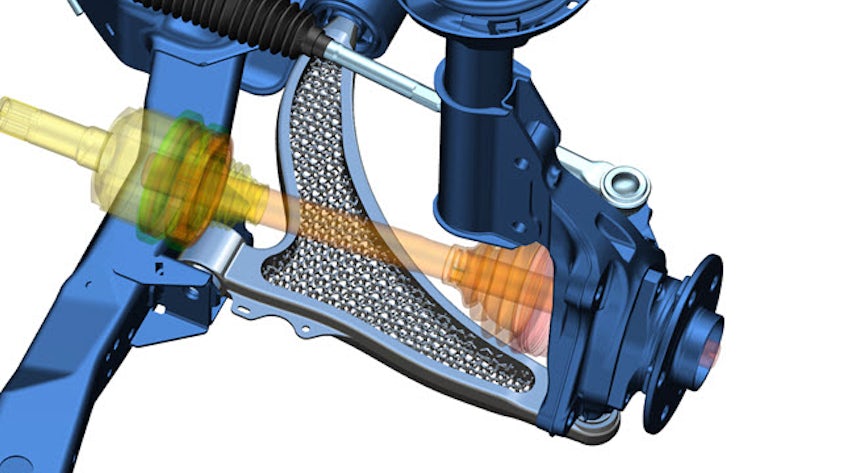3D modely, které reprezentují fyzický objekt nebo těleso pomocí souboru bodů v prostoru, se spojují různými geometrickými entitami, jako jsou čáry, trojúhelníky, zakřivené povrchy atd. 3D modely, které jsou souborem datových bodů, mohou být vytvořeny ručně, algoritmicky nebo pomocí skenovacího softwaru na jejich površích a mohou být dále definovány mapováním textur.
3D modelování popisuje použití softwarových nástrojů, jako jsou programy CAD (Computer-Aided Design), k vytváření 3D digitálních reprezentací objektů. Mezi profese, které využívají 3D modelování, patří vývoj spotřebního zboží, automobilový design, výroba průmyslových zařízení, architektura, design, strojírenství, zábava a hry a také zdravotnictví.
Software pro 3D modelování označuje softwarové nástroje používané k vytváření trojrozměrných modelů objektů nebo scén. Software pro 3D modelování lze použít pro různé účely nad rámec inženýrství a technického designu, včetně animace, her, filmu, architektury a produktového designu. Tyto nástroje umožňují uživatelům vytvářet, manipulovat a vizualizovat 3D geometrii pomocí různých technik modelování, jako je polygonální modelování, modelování NURBS, sochařství a procedurální modelování.
Základy 3D modelů
Přestože základem softwaru pro 3D modelování jsou složité matematické vzorce, programy automatizují výpočty pro uživatele a mají uživatelská rozhraní založená na nástrojích. 3D modely jsou výstupem 3D modelování a jsou založeny na různých digitálních reprezentacích. Hraniční reprezentace (B-rep) používá matematicky definované povrchy, jako jsou kužely, koule a NURBS (nerovnoměrný spline s racionálním základem), které jsou propojeny topologií pro přesnou reprezentaci objektů jako vodotěsných objemů. Modely B-rep jsou preferovaným řešením pro strojírenství a mnoho aplikací 3D modelování pro návrh, simulaci a výrobu spotřebních a průmyslových výrobků je založeno na B-rep. Fasetové modely aproximují povrchy pomocí spojených rovinných polygonů a jsou preferovaným řešením pro méně přesné, vysokorychlostní reprezentace tvarů používané ve hrách, animacích a digitálních maketách.
Virtuální 3D modelování
Virtuální 3D modely lze přeměnit na fyzické objekty pomocí 3D tisku nebo tradičních výrobních procesů. Modely lze také převést na statické obrázky pomocí 3D vykreslování, které se běžně používá k vytváření fotorealistických reprezentací pro prodej, marketing a aplikace elektronického obchodu. 3D modely lze vytvářet procesem reverzního inženýrství, při kterém se technologie 3D skenování používá k vytváření digitálních replik objektů z reálného světa, včetně vyrobených dílů a sestav, volných modelů navržených z hlíny a lidské anatomie. Moderní aplikace 3D modelování vytvářejí a interagují s "digitálním dvojčetem", které se používá k vývoji, testování, simulaci a výrobě svého reálného protějšku v rámci životního cyklu produktu.
Možnosti v rámci 3D modelování
Vizualizujte svůj produkt z jakéhokoli úhlu před výrobou nebo prezentace zákazníkům je zdaleka největším přínosem 3D modelování! Pomocí 3D modelování můžete virtuálně vytvořit a zobrazit každou součást svého produktu představující styl, rozměry, barvu a tvary, které váš produkt oživí ještě před výrobou. 3D modelování pomáhá při přizpůsobování a personalizaci produktů pro zákazníky.
Software pro 3D modelování nabízí řadu výhod v různých průmyslových odvětvích a aplikacích.
Související produkty: NX CAD
